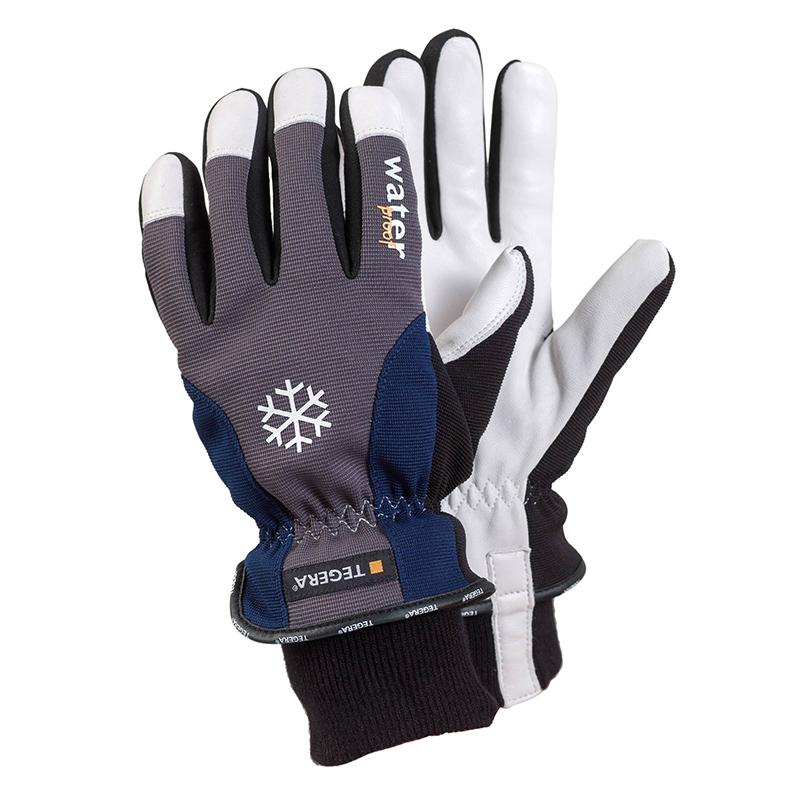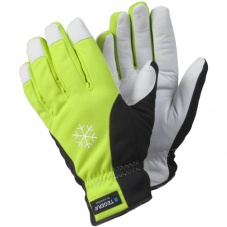| Water-Resistant vs. Water-Repellent vs. Waterproof Gloves: the Differences26 February 2018 With words such as water-repellent, water-resistant and waterproof being thrown around in regards to work gloves, we don't blame you if you've found yourself confused about exactly what these labels mean. In an effort to clear things up a bit and help you find the right pair of work gloves for your needs, we've put together this short guide on the differences between water-repellent, water-resistant and waterproof gloves. There is currently no uniformly recognised standard that would make this job any easier, but certain terms are still used to describe a specific type of gloves. In short, waterproof simply means no water in, no water out, making it the only one of the three labels that guarantees no water permeability. Water-resistant is more often than not simply a synonym for water-repellent, and it means that the glove will keep your hands protected from unplanned splashes, moisture and damp, but will not remain dry if, for example, the gloves are submerged in liquid. What Does Waterproof Mean?If you are looking for gloves that will keep your hands dry even in wet conditions, your best bet is to get a pair labelled as waterproof. European standard EN 511 includes a test for water permeability, which involves the glove being submerged in water for five minutes. If the glove retains its impermeability, then it passes the test. You can read more about the test in this short article on European Glove Standard EN 511. These Ejendals Tegera 292 Thermal Waterproof Work Gloves are a great example of waterproof gloves. They have the EN 511 standard and have been successfully tested for water permeability, which makes them suitable for use in cold, wet, wintry environments. Water-Repellent and Water-Resistant FabricsThe terms water-repellent and water-resistant are most often used interchangeably, as both of them describe a fabric that is resistant, but not impervious to penetration of water. If a glove is described as water-repellent or water-resistant, this simply means that it has, most likely, been coated with a protective layer that will repel water to some degree, for a certain amount of time. Water-resistant gloves will keep your hands dry from accidental splashes or light rain, but are not designed to be used in wet environments.
While water-resistant, or water-repellent gloves will keep your hands warm, comfortable and protected from unintentional splashes of water, waterproof gloves are designed specifically for use in wet environments. If your work involves frequent contact with liquids, we recommend protective gloves with an EN 511 marking that have been successfully tested for water permeability. Now that you know the differences, make sure to check out our range of Water-Resistant Work Gloves or, if you are looking for waterproof gloves, a range of gloves that have been tested for the EN 511 standard. | ||||||||








